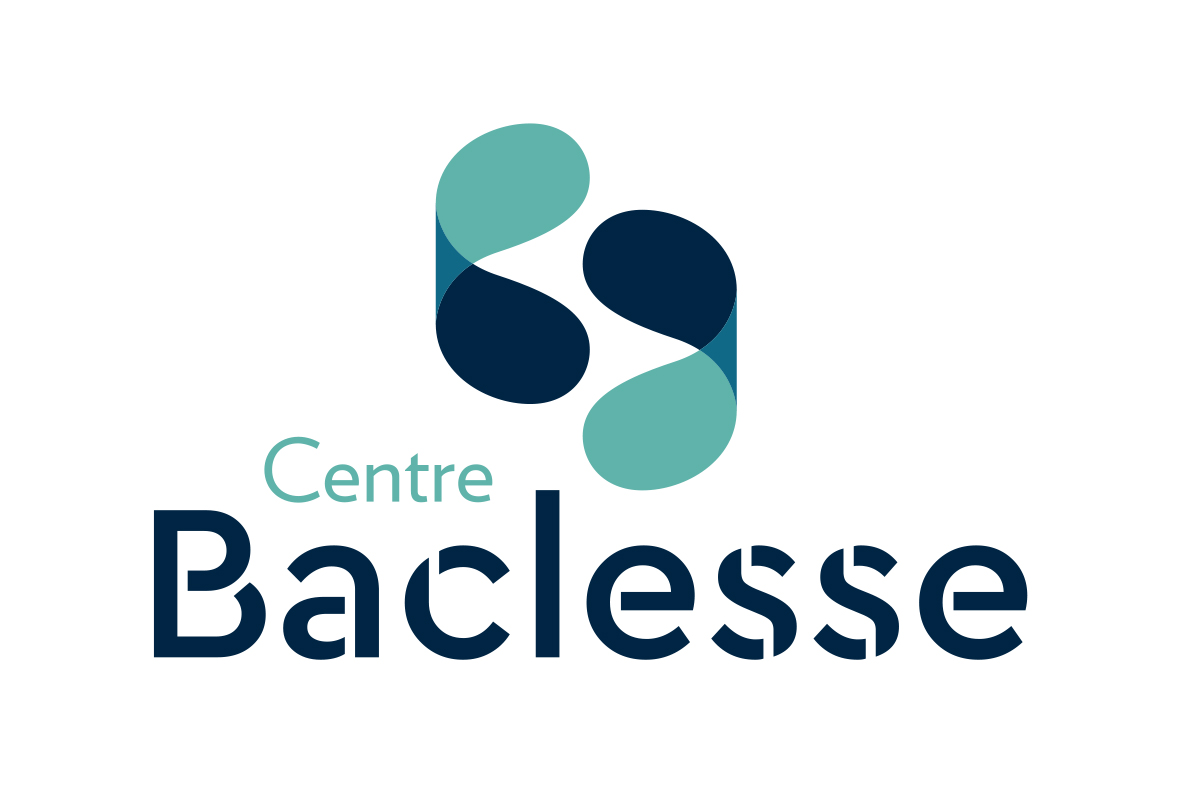PET-adapted treatment for newly diagnosed advanced Hodgkin lymphoma (AHL2011): a randomised, multicentre, non-inferiority, phase 3 study
Résumé
Background: Increased-dose bleomycin, etoposide, doxorubicin, cyclophosphamide, vincristine, procarbazine, and prednisone (BEACOPPescalated) improves progression-free survival in patients with advanced Hodgkin lymphoma compared with doxorubicin, bleomycin, vinblastine, and dacarbazine (ABVD), but is associated with increased risks of haematological toxicity, secondary myelodysplasia or leukaemia, and infertility. We investigated whether PET monitoring during treatment could allow dose de-escalation by switching regimen (BEACOPPescalated to ABVD) in early responders without loss of disease control compared with standard treatment without PET monitoring.
Methods: AHL2011 is a randomised, non-inferiority, phase 3 study done in 90 centres across Belgium and France. Eligible patients were aged 16-60 years and had newly diagnosed Hodgkin lymphoma, excluding nodular lymphocyte predominant subtype, an Eastern Cooperative Oncology Group performance status score less than 3, a life expectancy of at least 3 months, an Ann Arbor disease stage III, IV, or IIB with mediastinum-to-thorax ratio of 0·33 or greater than or extranodal localisation, and had received no previous treatment for Hodgkin lymphoma. Randomisation was unmasked and done centrally by the permuted block method. Patients were randomly assigned to standard treatment (BEACOPPescalated given every 21 days for six cycles) or PET-driven treatment. All patients received two cycles of upfront BEACOPPescalated, after which PET assessment was done (PET2). In the standard treatment group, PET2 patients completed two additional cycles of BEACOPPescalated induction therapy irrespective of PET2 findings. In the PET-driven treatment group, patients with positive PET2 scans received the further two cycles of BEACOPPescalated and those with a negative PET2 scan switched to two cycles of ABVD for the remaining induction therapy. In both treatment groups, PET at the end of induction therapy was used to decide whether to continue with consolidation therapy in those with negative scans or start salvage therapy in patients with positive scans (either two cycles of ABVD in PET2-negative patients in the PET-driven arm or two cycles of BEACOPPescalated). BEACOPPescalated consisted of bleomycin 10 mg/m2 and vincristine 1·4 mg/m2 intravenously on day 8, etoposide 200 mg/m2 intravenously on days 1-3, doxorubicin 35 mg/m2 and cyclophosphamide 1250 mg/m2 intravenously on day 1, 100 mg/m2 oral procarbazine on days 1-7, and 40 mg/m2 oral prednisone on days 1-14. ABVD was given every 28 days (doxorubicin 25 mg/m2, bleomycin 10 mg/m2, vinblastine 6 mg/m2, and dacarbazine 375 mg/m2 intravenously on days 1 and 15). The primary endpoint was investigator-assessed progression-free survival. Non-inferiority analyses were done by intention to treat and per protocol. The study had a non-inferiority margin of 10%, to show non-inferiority of PET-guided treatment versus standard care with 80% power and an alpha of 2·5% (one-sided). This study is registered with ClinicalTrials.gov, number NCT01358747.
Findings: From May 19, 2011, to April 29, 2014, 823 patients were enrolled-413 in the standard care group and 410 in the PET-driven group. 346 (84%) of 410 patients in the PET-driven treatment group were assigned to receive ABVD and 51 (12%) to continue receiving BEACOPPescalated after PET2. With a median follow-up of 50·4 months (IQR 42·9-59·3), 5-year progression-free survival by intention to treat was 86·2%, 95% CI 81·6-89·8 in the standard treatment group versus 85·7%, 81·4-89·1 in the PET-driven treatment group (hazard ratio [HR] 1·084, 95% CI 0·737-1·596; p=0·65) and per protocol the values were 86·7%, 95% CI 81·9-90·3 and 85·4%, 80·7-89·0, respectively (HR 1·144, 0·758-1·726; p=0·74). The most common grade 3-4 adverse events were leucopenia (381 [92%] in the standard treatment group and 387 [95%] in the PET-driven treatment group), neutropenia (359 [87%] and 366 [90%]), anaemia (286 [69%] vs 114 [28%]), thrombocytopenia (271 [66%] and 163 [40%]), febrile neutropenia (145 [35%] and 93 [23%]), infections (88 [22%] and 47 [11%]), and gastrointestinal disorders (49 [11%] and 48 [11%]). Serious adverse events related to treatment were reported in 192 (47%) patients in the standard treatment group and 114 (28%) in the PET-driven treatment group, including infections (84 [20%] of 412 vs 50 [12%] of 407) and febrile neutropenia (21 [5%] vs 23 [6%]). Six (1%) patients in the standard care group died from treatment-related causes (two from septic shock, two from pneumopathy, one from heart failure, and one from acute myeloblastic leukaemia), as did two (<1%) in the PET-driven treatment group (one from septic shock and one from acute myeloblastic leukaemia).
Interpretation: PET after two cycles of induction BEACOPPescalated chemotherapy safely guided treatment in patients with advanced Hodgkin lymphoma and allowed the use of ABVD in early responders without impairing disease control and reduced toxicities. PET staging allowed accurate monitoring of treatment in this trial and could be considered as a strategy for the routine management of patients with advanced Hodgkin lymphoma.
Domaines
Sciences du Vivant [q-bio]
Origine : Fichiers produits par l'(les) auteur(s)



